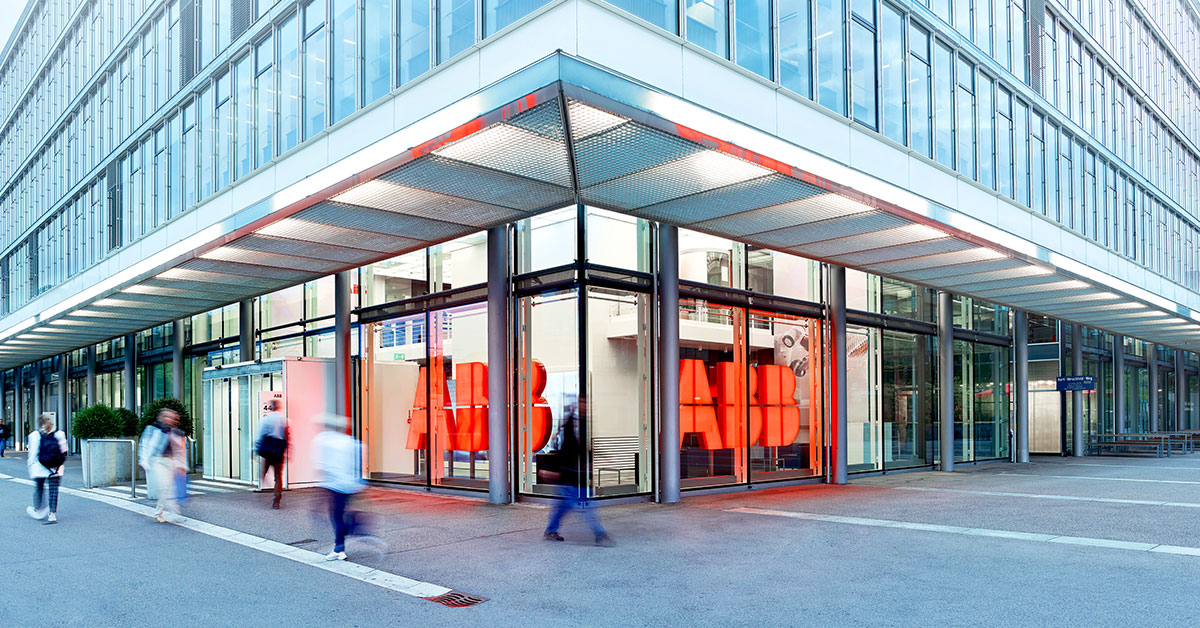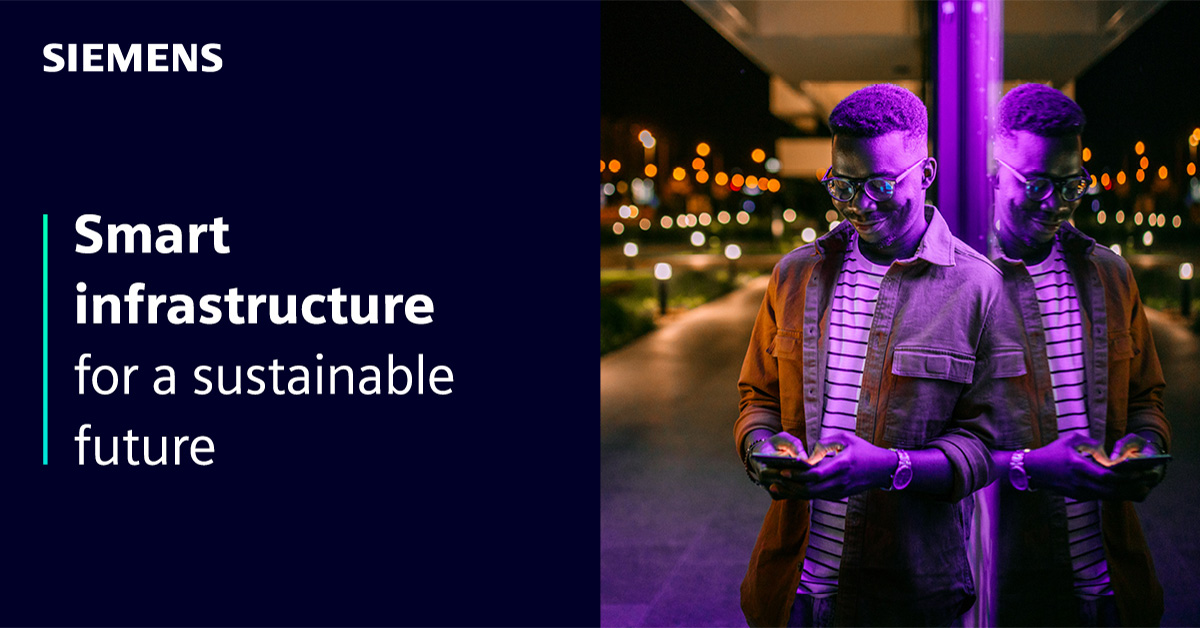Varde Hartmark is currently carrying out a market and value chain analysis on behalf of EFO and EUEW. The goal of the analysis is to gain insight and information on key overall trends and developments in the value chain and market of electrotechnical goods, equipment, and materials for 16 EU countries. The market is limited to goods and materials used in the building and construction industry.
Definition of the relevant market
The market we are interested in exploring is electrical products, equipment, and materials related to the construction industry. Services are not included in this market. Facilities also include industrial facilities in the offshore industry and power generation.
Market trends
What in your view are the top five main trends in the EU market for electrical equipment and materials in general?
In my opinion, the top five trends in the EU market for electrical equipment and materials in general are:
- Sustainability: achieving the energy transition and reducing carbon consumption
- Digitalization: Optimizing digital technologies for the benefit of industry and society
- Connectivity (Internet of Things): Using insight to make data-driven decisions
- Digital commerce: Online selling for technical industries
- Omni-channel selling: Creating a hybrid buying journey by combining on and offline customer touch-points
What do you believe are the main drivers of these trends?
Sustainability
The main drivers of sustainability are of course carbon reduction and achieving the energy transition, but there are more specific drivers at play too.
The importance of circularity is now unavoidable and is in fact an expectation within our marketplace. New legislation is developing to govern circularity and our value chain must fulfil the requirement if we are to continue to grow.
Digitalization and IoT (connectivity)
The key driver behind digitalization and connectivity is an increasing desire for data and data- driven decisions. The more data we can gather from the installed technology base and interpret, the more informed our business decisions can become.
Understanding how and where we consume power, identifying energy reduction and cost saving opportunities, learning how to improve safety and where to invest to enhance performance all come from collecting and analyzing data.
Digital commerce and omni-channel selling
The COVID pandemic was a significant driver behind the global trend of digital commerce and the adoption of omni-channel selling, which is why online sales are estimated to reach $8.1 trillion by 2026 – around 56% more than in 2021.
Now more than ever before, purchasers want a combination of on and offline experiences throughout the buying journey, which is a direct reflection of how digitalization has transformed our society.
For technical industries like ours, digital buying processes are increasing in line with this global trend, albeit with face-to-face selling, field sales, and in-person consulting, still playing an important role.
I estimate that by the end of 2024, 40% of sales for ABB solutions will be completed online, compared to zero just ten years ago.
What in your view have been the main drivers of growth in the EU market for electrotechnical goods and materials in recent years?
Sustainability and energy efficiency have of course driven growth in the EU market for electrotechnical goods and materials in recent years. More specifically, we have also seen a real demand for building refurbishment designed to improve building quality and performance, plus a need to create retrofitting solutions for upgrading and extending the usable life of a system.
On the other hand, there have also been significant challenges for growth across the EU market in recent years. Inflation has really impacted business, and so too has the shipping crisis and of course COVID lockdown restrictions and resulting supply chain issues.
How do you see the EU market for electrotechnical goods and materials evolving in the next 5-10 years?
The global economy in developing and emerging markets, will demand more and more energy in the coming years as the world goes electric. Electricity will reach up to 50% of final energy consumption for buildings, transport and industry by 2050, growing from 17% in 2010.3 With this as the backdrop, energy cost inflation, volatility and supply insecurity are a problematic combination that need monitoring closely in the near term.
Respondents to ABB’s recent Energy Insights Survey Report warned that rising energy costs may delay progress towards their decarbonization goals. We can’t stand by and watch this happen, and must support businesses at large in their sustainability and energy cost reduction efforts. The world is counting on industry, which accounts for more than half of total greenhouse gas emissions,4 to deliver on climate change commitments. As leaders, we collectively need to step up to that challenge.
We need to move more quickly on both the supply and demand sides of the equation, and harness technology tools and new ways of working to optimize energy across the value chain. Supporting businesses in the take-up of proven technologies in energy management, efficiency and renewable energy generation and storage will help to insulate them from the impacts of fluctuating energy costs and security concerns. It will also support the green energy transition.
The impacts and potential ripple effects of energy pricing and security on businesses should not be underestimated. However, there is cause for optimism amidst uncertainty and challenges.
With the right approach, businesses don’t have to trade off climate and growth goals. Reduced energy costs and increased energy reliability should in turn alleviate cost pressures and enable investment in key areas of business growth, people and sustainability to be maintained.
Much of the support and technology that can help businesses – large or small – to optimize their energy management and reduce costs, is already widely available and at a reasonable cost. Businesses are not alone. ABB Electrification and our channel partners are leaders in this field and are collaborating with companies of all shapes and sizes, and across all sectors, to find solutions to their energy concerns, challenges and opportunities.
What in your view are the top five regulatory developments affecting the market?
We are seeing less regulations governing the performance of our systems, and more governance for the recycling and circularity of the products we place onto the market.
Governing bodies throughout the EU market want to ensure that manufacturers take responsibility for recycling the materials they use to produce the systems they sell.
The other ongoing regulatory development is around data security. The more we collect, use and store data, the more regulation is introduced to govern how we keep this information secure.
Value chain
In your opinion, what are the main links and lines in the EU value chain, and do the value chains differ between countries?
There are usually differences in value chains on a continent-by-continent basis, but less so between countries. In North America for example, distributors play a far greater role in giving manufacturers access to end users, with around 80% of business relying on channel partners.
For the European market, there are subtle country-to-country differences, such as the UK, which has a vast network of much smaller distributors and micro-businesses compared to countries like Germany or Norway for example.
What do you think characterizes the competitive situation in the value chain today?
To be competitive in today’s value chain, manufacturers and distributors must work together to provide a far greater level of expertise to the end user in relation to the energy transition.
For distributors to succeed in the energy transition landscape, they must become experts not just on products, but on the shift to renewable energy challenge as a whole. Single product solutions are no longer viable – distributors must understand why customers want to make the shift, the benefits, the pitfalls, the governing legislation and the challenges that must be overcome in order to make the transition.
Distributors must be knowledgeable enough to guide customers through the process, from concept to completion, and have access to the latest technical tools and information to make that process accurate and efficient. All this, while undergoing digitalization changes of their own to deliver the correct mix of on-and-offline experiences required by the modern-day technical purchaser.
To optimize sales opportunities, secure growth as a distributor, and embrace the potential of renewables, an understanding of the product is no longer enough. Salespeople must have a holistic grasp of regulatory requirements, common sustainability goals, and how to meet them. This subject matter changes regularly in what is a constantly evolving electrical landscape, and ABB ensures channel partners have convenient access to the most up-to-date information, via comprehensive training opportunities that resonate with the customers they are supporting.
Manufacturers
What are the key challenges that manufacturers of electrotechnical goods and materials are facing in the EU market today?
The main challenge for manufacturers of electrotechnical goods in the EU market today is sourcing. Geo-political tensions and other macro variables risk our supply of key materials, meaning sourcing must be highly strategic.
Unlike the US, the European market is highly dependent on external supply routes, so this is a concern.
Another key challenge is recycling of materials from end-of-life systems, or waste products. This changes from region to region, with some countries having set processes in place, and others not yet at this point. Organizing and implementing recycling chains will be a key focus for manufacturers in coming years because the responsibility is ours.
In your opinion, to what degree do manufacturers rely on wholesalers to market their products compared to communicating and/or selling directly to the customer?
ABB’s channel partners are central to its success, providing substantial market reach and unparalleled proximity to customers, together with innovation intelligence, and local market and customer knowledge. In Europe, more than 60% of ABB’s business is conducted in partnership with distributors, so it makes sense that its effort and focus is on supporting them.
ABB believes that distribution is a team sport, and the manufacturer’s role is to provide its channel distribution partners with everything they need to fulfil their vital role in serving the customer.
There are three key ways in which ABB supports its distributors in playing their role in the energy transition. First, we innovate solutions that meet the latest government legislation and energy trends, then we support our distributors in being recognized as experts in sustainability. Lastly, we give our distributors everything they need to meet their own sustainability transition.



